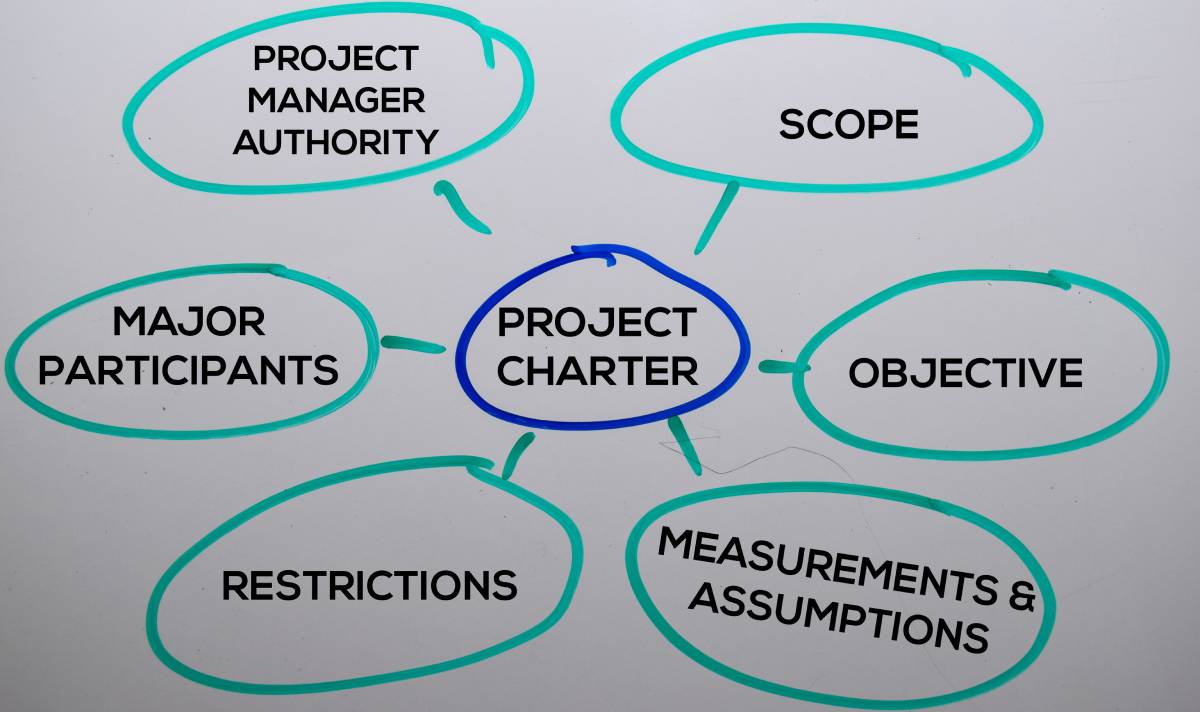One of the benefits of working in the consulting and learning development spaces for many years is that over time you develop a network of relationships with people who are willing to tell it to you straight. These relationships include senior leaders from across industries. Given the kind of work we do they are most often leaders in talent management, learning and development, manufacturing operations, and customer service and support. Well put together, talented, capable, and driven leaders and a pleasure with whom to work.
Recently I had the benefit of talking with one such leader who is herself quite connected. We discussed a lot of things, many of which were what I would call “pandemic-adjacent.” Now that we can somewhat see the light at the end of this exceedingly dark tunnel, and yes I know that light is faint, I wondered what this meant for our journey back to normalcy. We shared our opinions and discovered that we have been hearing about some common needs from our wider networks.
Many organizations are wrestling with the cost of their operations
In one case, a firm was spending the equivalent of a middle manager’s salary on cleaning costs – every month. In another case, leaders were struggling with the kinds of investment they should be making. It wasn’t because they didn’t have the money. Strangely enough many of the largest companies are holding quite tidy sums of cash. No, the bigger issue was risk tolerance in the face of a constantly shifting landscape and an inability to price out that risk in a meaningful way. Still another case, the cost of talent was receiving significant scrutiny. Not because people are focused on down-sizing, but more a recognition that with a grudging acceptance of remote work for many comes the notion that talent may be had for less in less expensive markets. Where people work and how they work were top of mind for everyone, not just those leading Human Resources.
It was a lot to consider
Here’s where we landed. We felt that there is a significant value to be created in helping individuals and teams get unstuck when the virtual workday has seemingly lengthened and room has been made for workload scope creep. Prioritization on where there are opportunities for value generation and capture are paramount now more than ever. And laser focus is the order of the day.
We saw a need in supporting the drive for results out of teams. This is especially true when they struggle to collaborate effectively in prioritizing and making decisions because they are thinking that the complex issues they face can only be addressed in person (which isn’t happening any time soon). There is risk there but qualifying the risk gives them a path to quantifying it more effectively if only they knew how.
Beyond these concerns there is a critical need for baseline human performance improvement, where helping virtual teams think about how they will execute work before they act to drive productivity. In the absence of the social grease of face-to-face interactions to enable the smoother running of the enterprise, we need methods that tie people’s work together more effectively and meaningfully so that the capacity for collaboration is enhanced. We won’t be co-located in the way we were any time soon, or perhaps ever again, so we need to take steps today to ensure that organizations remain cohesive and high-performing.
We bring an operating system for getting things done in the organization
The great thing about this discussion is that we both recognized that what KT brings to the table is exactly what is required. We bring an operating system for getting things done in the organization. While we might be known for our problem-solving methodology (think the Apollo 13 Mission and Jack Swigert saying, “Okay, Houston, we’ve had a problem here.”) we are also known for our frameworks for effective prioritization, decision making, and risk management. We know that when organizations are feeling the pressure our analytic methods are the common language that can make the difference between chaotic confusion and collaborative clarity.
As we wrapped our call, my associate said, “Remote work doesn’t mean stuck. Some people just need a little help to get going.” I couldn’t agree more. It’s what we do with our clients, around the world, every day.








